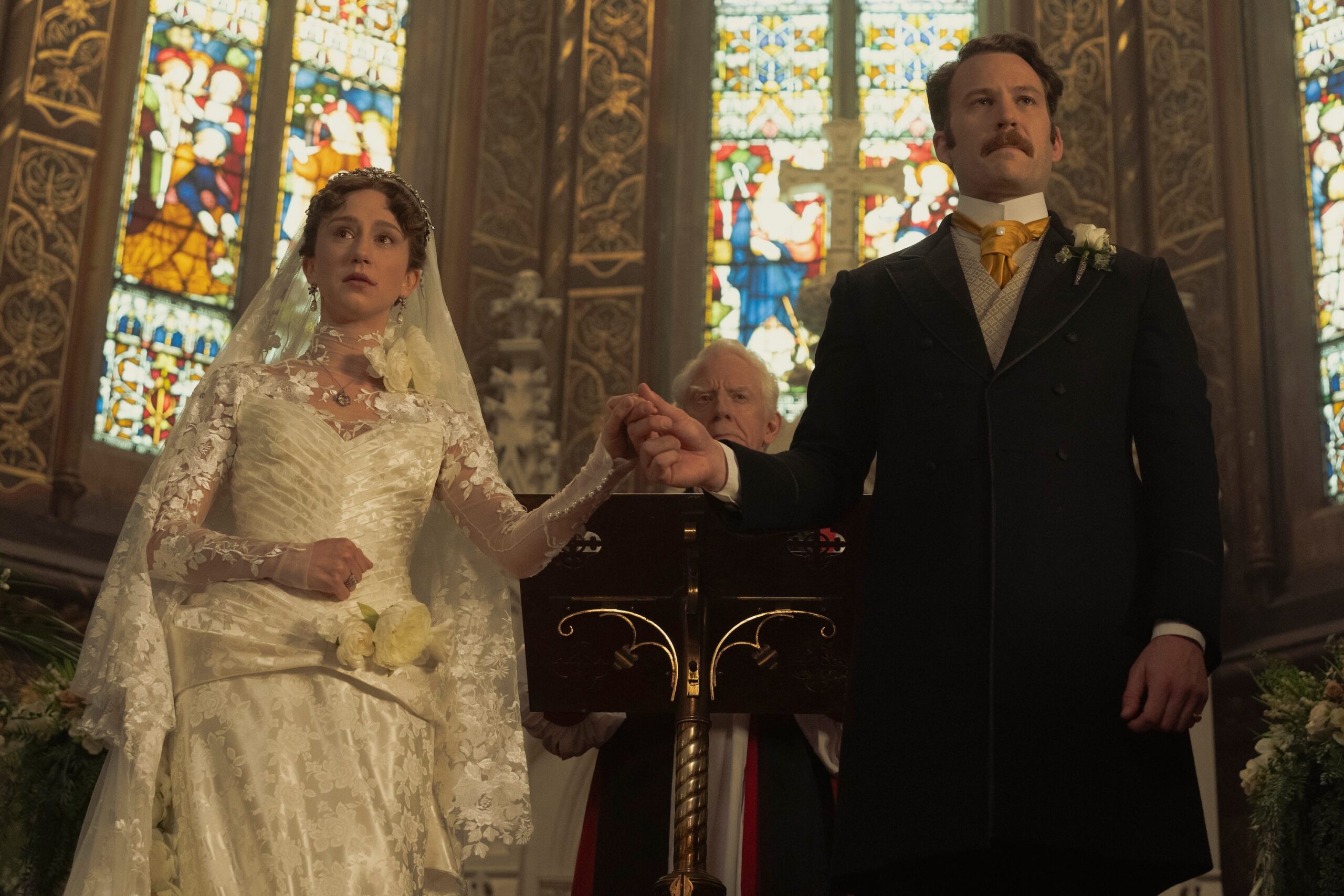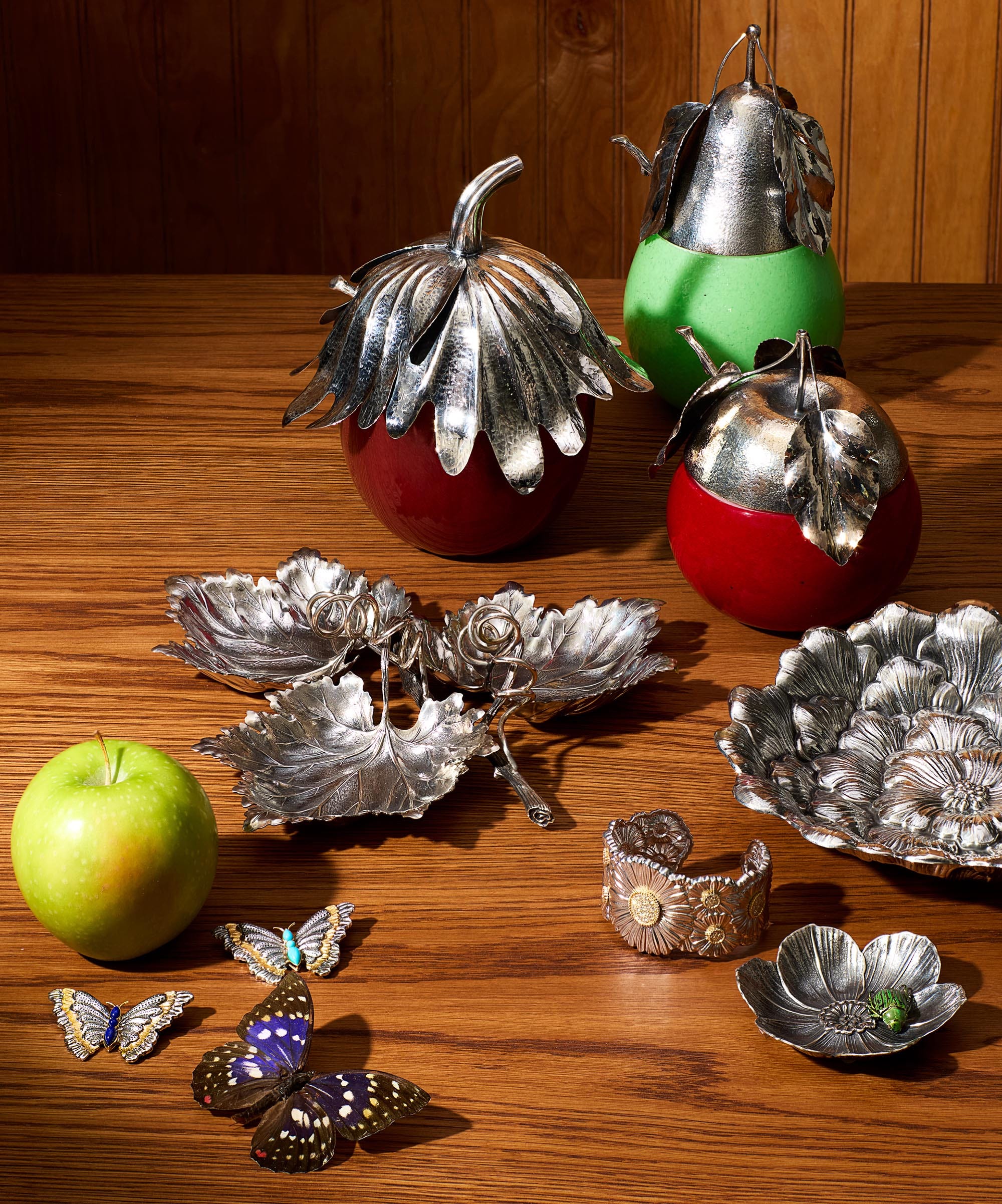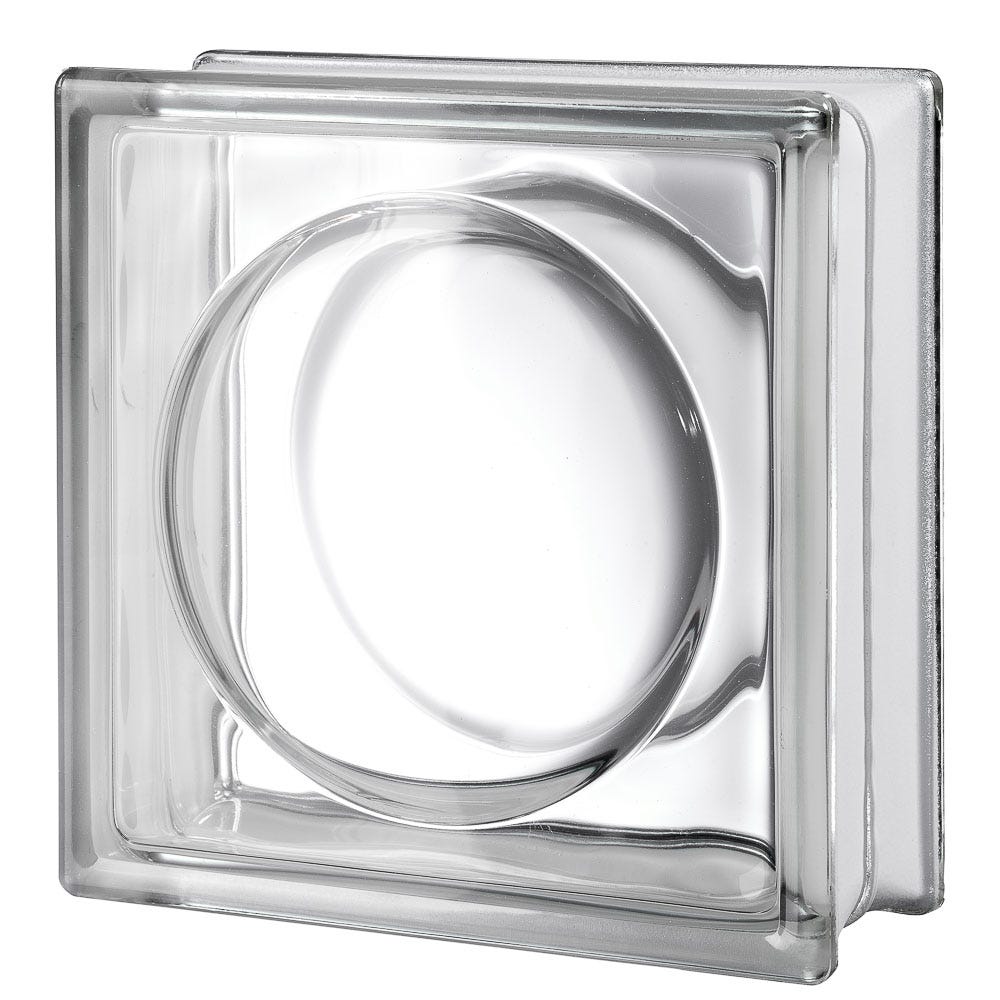Tonight’s episode of The Gilded Age, Marriage is a Gamble, delivered what the title promised. After last week’s cliffhanger showed Gladys hiding in her bedroom and refusing to come downstairs, we finally got our answer about whether she’d go through with the arranged marriage to Hector, Duke of Buckingham. The drama all took place at St. Peter’s Episcopal Church in Albany, where the scene was shot.
The choice of St. Peter’s was intentional. As The Gilded Age’s production designer Bob Shaw explained, “They were all Episcopalian, the ‘upper crust’ in New York.” The team had scouted the church before and even filmed inside in season two, but the exterior was not available at the time. This season, however, the team went all out for Gladys’ wedding.
The church also happens to have deep ties to British royalty, which makes it perfect for a duke’s wedding. Back in 1714, Rev. Thomas Barclay arrived in Albany as a missionary with a dual purpose: establish the first Anglican church in the area and maintain peaceful relations with the Haudenosaunee Confederacy, the Indigenous people in the area. The royal connections were immediate and lasting. Queen Anne gifted the congregation a silver communion service in 1715 that they still have today, and King George III officially chartered the parish in 1768.
What we see today is actually St. Peter’s third iteration. The first two buildings either burned down or became structurally unsound over the years. But when architect Richard Upjohn redesigned the Gothic building in 1859, he built it to last. The church stands at 180 feet tall and is constructed from bluestone with brown sandstone trim, and the interior features black walnut and stained glass windows from 19th-century American and English studios.
For The Gilded Age production team, transforming St. Peter’s into a wedding venue required historical research and some serious florals. “There’s a lot of photographic research that goes into it, and the church even has some archives of their own of how it had previously been decorated,” Shaw told ELLE Decor.
The team used thousands of real flowers with “at least six people working, undressing the church.” The floral choices stayed historically accurate—lots of carnations and roses—though Shaw admitted he sometimes omits particular period-correct flowers because “they don’t seem high end to the contemporary eye.” Instead, the production team achieved that Gilded Age excess through sheer quantity, and cleverly mixed artificial and real elements. They used a base of artificial foliage enhanced with real greenery, while constantly slipping in more real flowers as the cameras rolled.
Even with all their preparation, Shaw acknowledged that what we saw on screen was actually restrained compared to historical reality: “There was a lot of scenery and a lot of flowers, but not as much as they would have done. Too much was never enough.”

Julia Cancilla is the engagement editor (and resident witch) at ELLE Decor, where she oversees the brand’s social media platforms, covers design trends and culture, and writes the monthly ELLE Decoroscope column. Julia built her background at Inked magazine, where she grew their social media audiences by two million and penned feature articles focusing on pop culture, art, and lifestyle.





